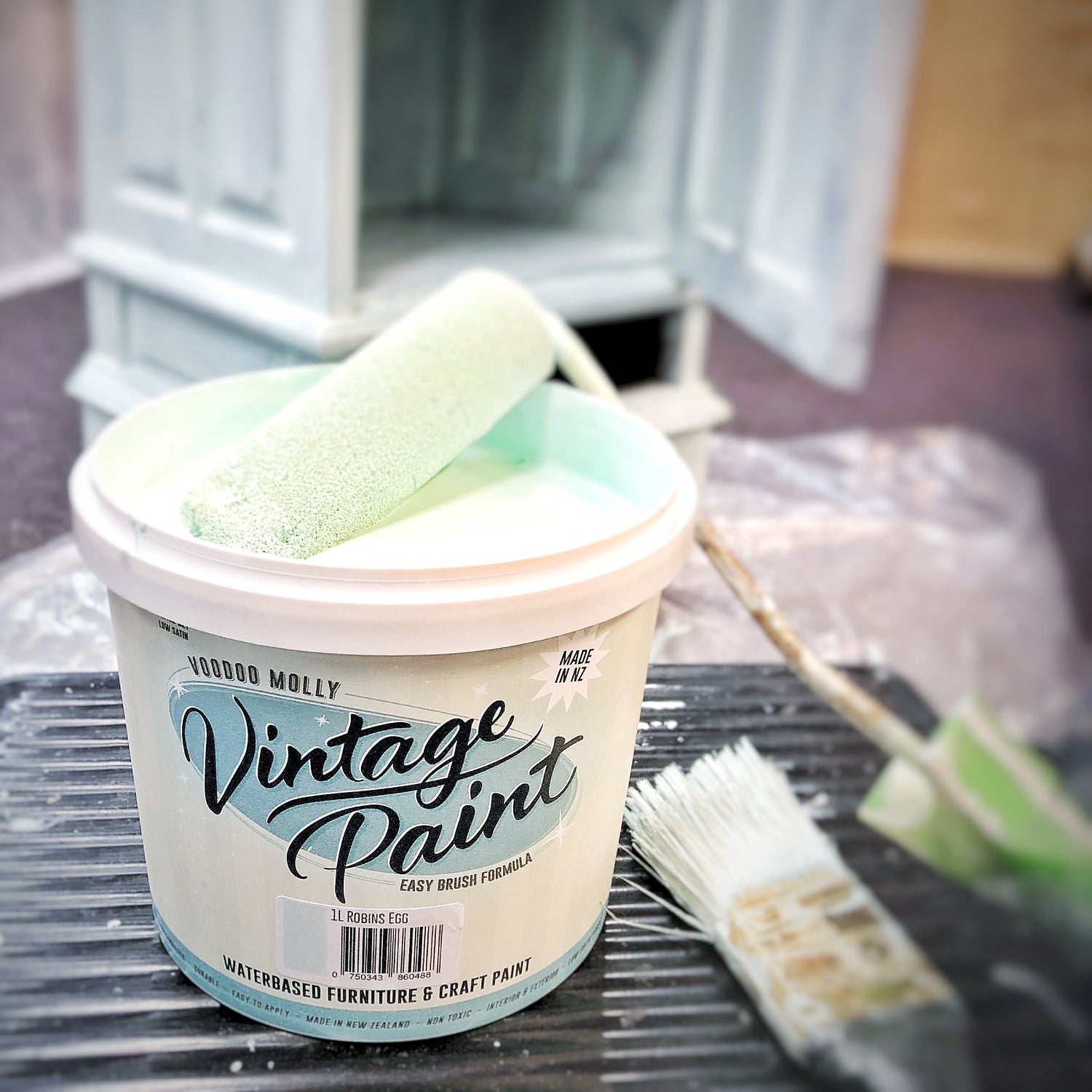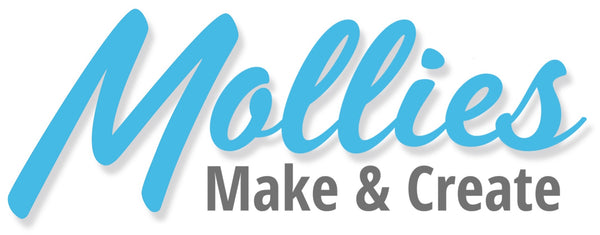If you're interested in trying out upholstery work but are worried about the cost of getting started, don't fret. There are a few basic tools that you'll need to start out, but as you progress to more complex projects, you can simply add additional tools and equipment to your arsenal.
1. One of the most essential tools you'll need is a good pair of fabric scissors. Look for scissors that are at least 8.25 inches long, and invest in the best pair you can afford. Eventually you will have 3-4 pairs of scissors for various applications (thread snips, scissors for lining, hessian, paper & card scissors, and good fabric shears).
2. You'll also need a set of pliers, the most useful being diagonal pliers (wire cutters). These will come in handy for pulling out staples and upholstery tacks.
3. You will need a tool for removing staples and tacks. A flat-headed screwdriver is also useful for prying out staples. If you prefer, you can substitute this for a staple remover, which is specifically designed for removing staples.
4. A hammer is also a must-have tool, and a magnetic hammer can be particularly useful for tacks. A mallet is recommended when using tack strip.
5. A tape measure is another essential tool for upholstery work. Look for a retractable metal tape measure that is at least 3 meters long, or a dressmaker's tape of a similar length. A smaller tape measure will also come in handy.
6. A staple gun is essential, along with 10mm staples, for attaching fabric to furniture frames. A hand-operated gun will work well for basic projects, but you may want to upgrade to a pneumatic stapler for more complex work.
7. In addition to these tools, you'll also need needles. A long button or mattress needle that is 10 inches long is a must-have, as is a curved needle about 2" for sewing seams.
8. Pencils, markers, and chalk are also useful for marking wooden frames, foam, webbing, and fabric. You will most likely have suitable tools at home already.
9. Don't forget dressmaker's pins. Look for extra-long, strong dressmaker's pins, or upholstery T-pins.
10. Lastly, a long ruler, such as a wooden yardstick or a metal ruler that is at least one meter long, is also a useful addition to your toolbox. Add a square (L-shaped) ruler as you progress.
By starting out with these basic tools, you'll have everything you need to tackle your first upholstery project. As you gain more experience, you can add additional specialised tools to your collection to take on more complex projects with confidence.


